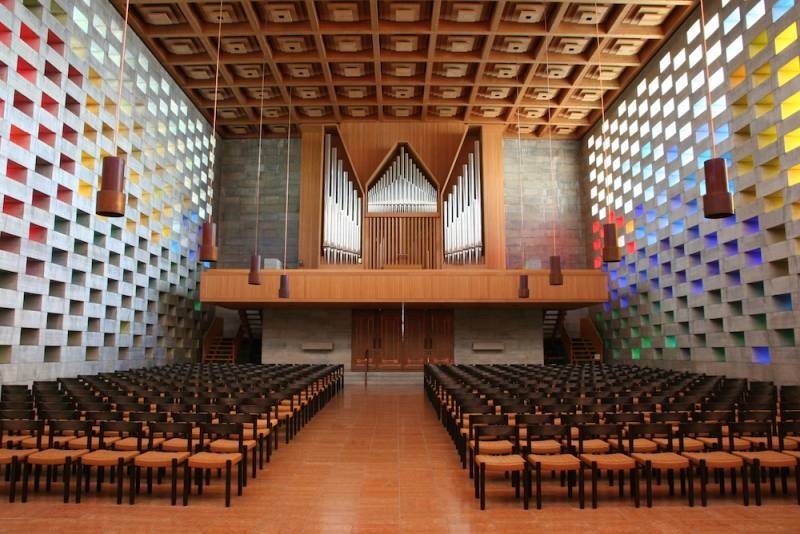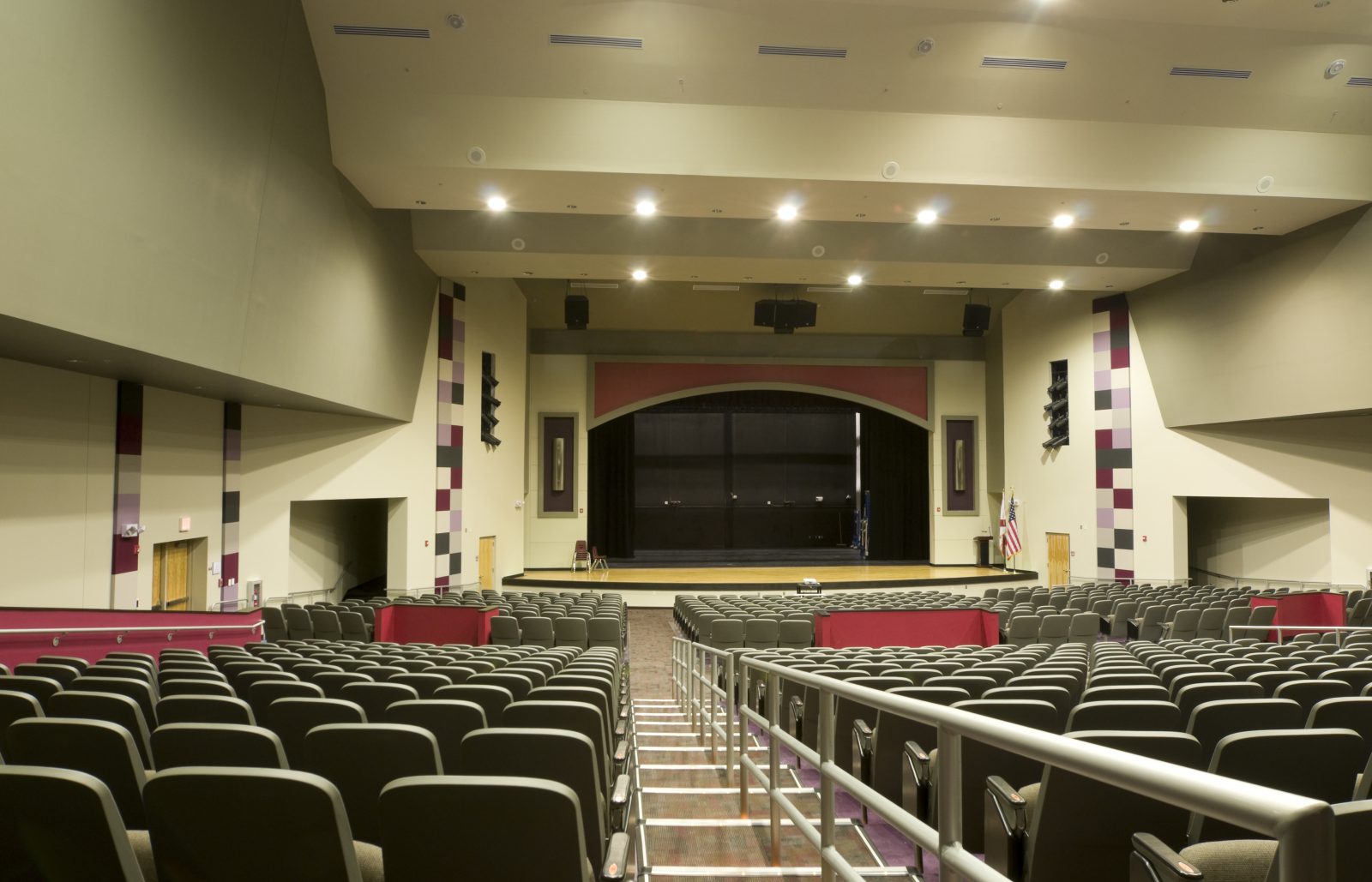Sound Absorbing Panels can be an excellent option when you have excessive reverberation or echo within a closed space. These multi-functional treatments can be hung on walls or ceilings to absorb sound waves, making speech more intelligible, and improving acoustical comfort. However, absorbing panels are not effective if the primary issue is sound transmission from one room to another (such as adjacent hotel rooms). Below, learn when to use sound absorbing panels to best treat the noise issues in your space.
When Sound Absorbing Panels are Needed
Absorption Panels are best used in open spaces with hard reflective surfaces and tall ceilings. This is commonplace in many highly-trafficked areas, such as auditoriums, churches, and restaurants.
Many people have experienced the cacophony of excessive noise in restaurant spaces, making it difficult to hear during the meal, and overall disrupting the dining experience. This is primarily due to the following factors:
Reverberation Due to Large Volumes
Large rooms, especially those with high ceilings and large footprints, are highly susceptible to reverberation, and are excellent candidates for Sound Absorbing Panels. The larger volume results in longer time for sound waves to impact their nearest surface. Air, as a sub-par absorbing medium, allows sound to pass almost unencumbered until it reflects or absorbs off of the closest surface.
In rooms with very high ceilings, sound waves may travel dozens or hundreds of feet prior to impacting their first surface.
The reverberation time is proportional to the Volume of the Space divided by its Surface Area – therefore, larger rooms with higher ceilings will often require an acoustic treatment.

Hard Surfaces Effect Echo Levels
When an enclosed space has many hard surfaces, such as tile, hardwood, or glass, you can expect more reverberation than a similar space with absorptive surfaces. Hard, reflective surfaces are common in restaurants, making it easier to clean and maintain surfaces to dining standards. However, this also leads to unwanted dB levels and speech disruption if acoustic treatments are not considered.
Glass and tile have an absorption coefficient (NRC, or Noise Reduction Coefficient) of approximately 0, meaning that they reflect or transmit 100% of the sound energy that impacts them, and absorb none of it. Hardwood and drywall are not much better, absorbing only about 15% of the energy.
In rooms with carpeting and ceiling tiles, acoustic treatment is not a priority since these vary in NRC from 0.4 to 0.6. However, treatment may still be necessary if the volume of the room sufficiently large.
More: See a Full Listing of NRC Values
Parallel Walls and Standing Waves
Lastly, depending on room geometry, there may be additional reverberation. For instance, parallel surfaces can allow standing waves to develop, leading to more echo than a similar room (in regards to surfaces and volume) with angled walls. Whenever applying an acoustic treatment to a room, ensure that no two parallel walls are left untreated. If you aren’t going to treat all of the walls in a room, your best option is to treat 2 that are perpendicular to one another.
Using Sound Absorbing Panels to Achieve Target Reverberation Times
At the end of the day, every space has unique acoustic requirements. Take restaurants for instance: some fine dining locations wish to achieve an intimate setting, where speech intelligibility is high and conversation is relaxed. However, sports bars and other lively locations aim for an upbeat feel, where reverberation is not necessarily a bad thing. These types of lively restaurants want to avoid a “dead” space feeling, so they wouldn’t need as much acoustic treatment as a fine dining restaurant.
Lecture halls and classrooms almost always require a reverb time of less than 0.6 seconds, so that information may be easily understood without too much reverberation.
By pairing the target reverberation time with the proper space, you can then figure out what kind of acoustic treatment your space needs.
Most Effective Uses of Sound Absorbing Panels
So to review, acoustic treatments are not one size fits all because different types of spaces have different target reverb times. Restaurants, Auditoriums, Worship Centers, are all different environments with different feelings and noise levels. However, these are all usually large spaces finished with reflective materials, so they will most likely all need some sort of acoustic treatment.

